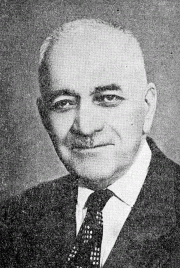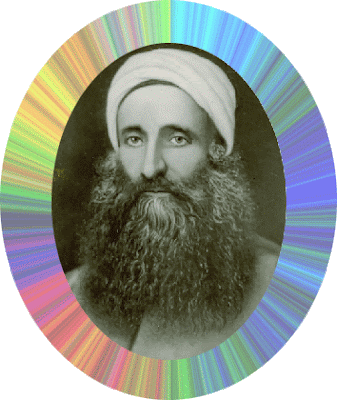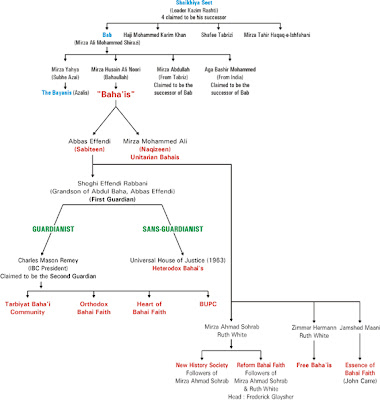Bahaism in the Shadow of Colonization
Without the support of the expansionists, propagation and promotion or the formation of Bahaism would never have become possible. The colonialists always tried to follow their dominative control over the Islamic countries by creating disagreement and discord among Muslims to disintegrate the united Islamic world into small pieces of land.
Picture:The Ottoman Empire flag (1844 to 1923)
The colonialists' other important aims were to take possession of these lands' resources to plunder their reserves after they had divided the territories among themselves through their colonizational decisions.
Another important purpose of the colonialists' has been to ruin the Islamic values such as Monotheism, God worshiping and precepts of jurisprudence, through their disparaging or deriding Muslims' religious standards by announcing that  Islam is an abolished religion with its ruling time having been ended.
Islam is an abolished religion with its ruling time having been ended.
Picture: Ottoman Empire 1453-1566
It was for this reason that the colonial powers invented Bahaism and gave people their good news that the time has arrived for the moving freely beyond any religion and that doing everything one wishes is permissible. They depicted the future of the world on the basis of colonialism teachings introducing Imperialism as the only system of ruling over the fate of all men so that they may enslave Muslims and set them as submissive servants for their colonizational goals.
In the past, the Ottoman, British and Russian governments fulfilled an essential role in the performance of suitable events for the benefit of Bahaism. They did not withhold from any kind of help whether cultural, social or financial to the Bahais to promulgate their thoughts of Bahaism as the best gift of  capitalistic world.
capitalistic world.
Picture: Ottoman sultan-abdulaziz 1861-1876




.jpg)
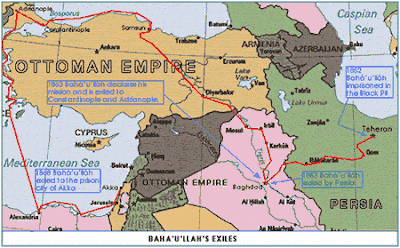
.jpg)
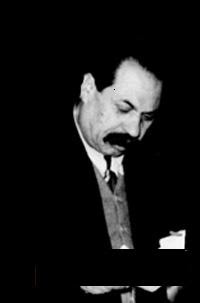.jpg)

+2.jpg)
.jpg)

.jpg)

+-+Subh-e-Azal-+Siyyid+Ali+Muhammad++(+Bab+).bmp)
